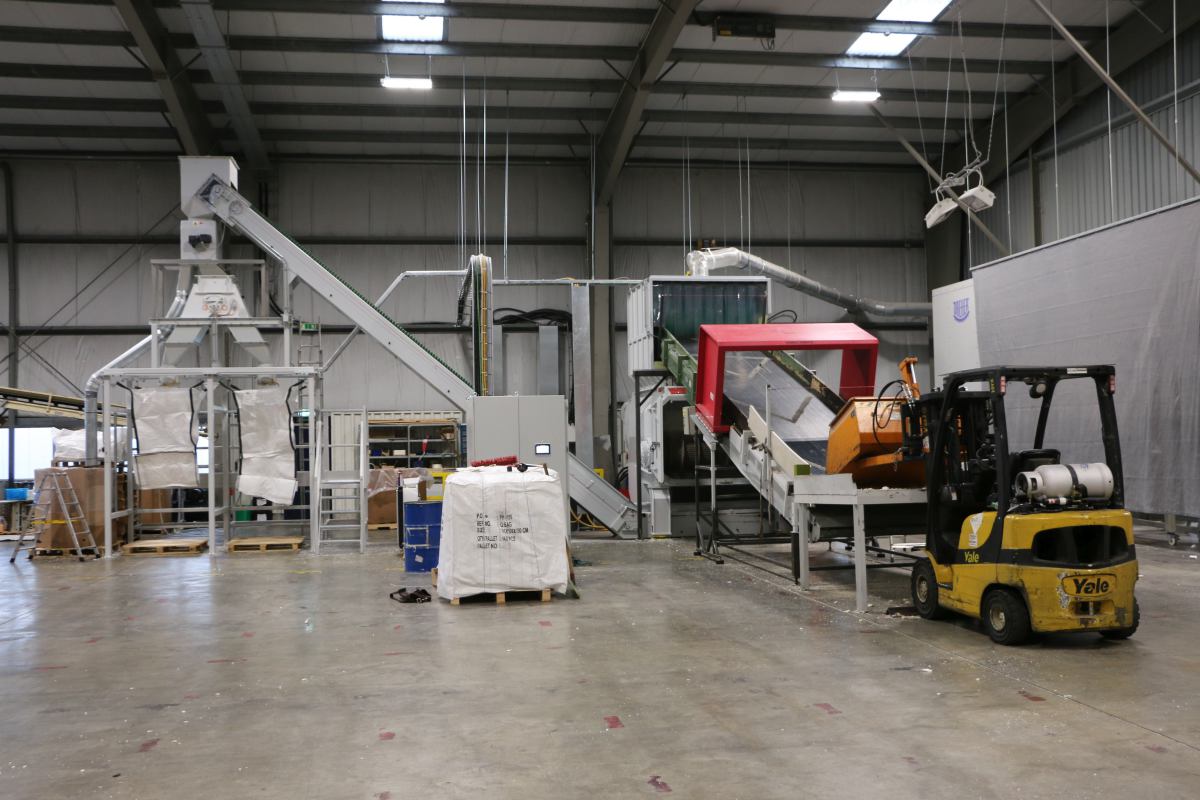The unbearable complexity of defining recycling
23.01.2024By Kalle Saarimaa, CEO Tana Oy
What is recycling and how can it be measured? This question may sound quite trivial at first but on a closer look turns out to be rather complex – and vital.
Why is this question complex?
 Kalle Saarimaa, CEO Tana Oy
Kalle Saarimaa, CEO Tana Oy
© Tana
At the societal level, recycling is measured in various ways depending on your geographical location. In the EU, the recycling rate has been calculated from the amount of material (i.e., waste) collected for recycling, not from the amount of material that is actually recycled. There is a vast difference if we measure collected or recycled material. At a first glance, it sounds sensible to measure the amount of material that is actually recycled rather than collected. Thus, the actual recycling rate could be calculated giving more valuable information.
However, there are many challenges associated with this. One challenge is that the purity of the incoming material varies significantly. For example, separately collected plastic waste may contain food scraps, labels, and incorrectly sorted waste. The material may also have gotten wet during collection, so it may have high water content. After the recycling process, only the actual recyclable material ends up in circulation, as impurities and excess water are removed during the process. This means that, for example, from 100 % of collected plastics only about 80 % really is plastics. Typically, it is possible to eventually recycle 50 % to 90 % of this 80 %, depending on the type of waste. Not all waste can be recycled with existing technologies. In 2022, the EU made a chance and obliged recyclers to report the waste generated in the recycling process. Although the goal of this is to lead the EU closer into the direction of measuring the recycled material, there are many loopholes in it, as the process is not monitored, and “waste” is not precisely defined.
Another challenge is that recycled material can end up being used in ways that have very different values of end use.
“It makes a big difference whether the material ends up being used in a similar way as it was originally used or in a way that has lower value.”
For example, if textile waste that originally was used as clothing ends up as being used in floor mats or rags, this is not the most sustainable way to use the raw material in question. Also, in some cases, even material that ends up in landfills is considered as been recycled. Hence, does it matter if the material ends up as a high-value product, but containing less recycled material, or is it more important to recycle the maximum amount of material into low value products? The current calculation methods do not take these differences of value into account.
As you can see from these examples, finding a simple and informative way of measuring recycling is really not that easy.
Why is this question vital?
How recycling is defined strongly steers the investments made by companies and choices made by legislators, because achieving the EU’s recycling rate is mandatory for Member States. If the definition steers companies to invest in achieving a high calculated recycling rate, which in reality allows material to end up in energy recovery or landfills, the transition towards a circular economy will slow down.
A good example is waste incineration: a lot of material is already recycled from the ash for useful purposes, yet these cannot be counted into the recycling rate with current definitions as the waste in question was not originally sent to recycling but waste incineration. Plastics made from the carbon dioxide released during waste incineration would be treated in the same way, despite them being an excellent future way of producing plastics without virgin raw materials. On the other hand, collecting and sending plastics to Asia could be counted as completely recycled, even though it is known that a large portion of these plastics end up in the oceans and not in the circularity of materials. The EU’s definition of recycling, therefore, directs us primarily to sort and collect waste, not to actually recycle it.
Another good example comes from the US. In some of the states that encourage waste recycling, the waste is sent for recycling purposes instead of directly to landfills, and a target rate for recycling is set for the recycling facilities processing the waste. However, the target rate does not take into account the different end uses of the material at all. In principle, the facility can achieve a recycling rate of over 70 % even by delivering most of the material to landfills. In the US, it is counted as recycling, when material is crushed and used in landfill structures and intermediate layers. In this way, a high recycling rate can be reported, even though in reality the waste ends up in a landfill and not in the circularity of materials. As a result, multinational companies can report that their waste does not end up in a landfill although, in reality, the vast majority ends up there – since this does not go under the definition of landfilling in the US.
“The way in which recycling is defined steers investments in the circular economy and, therefore, has a significant effect on actually increasing the circularity of materials.”
Accordingly, a working definition that could enable comparable measurements would be key. However, as the examples mentioned above illustrate, formulating such a definition is not as simple as it might seem at first glance. I do not have any comprehensive solution for this, either. However, it would be vital to, at the very least, include all the material that is actually recycled (including the example of waste incineration byproducts) into the recycling rate.


